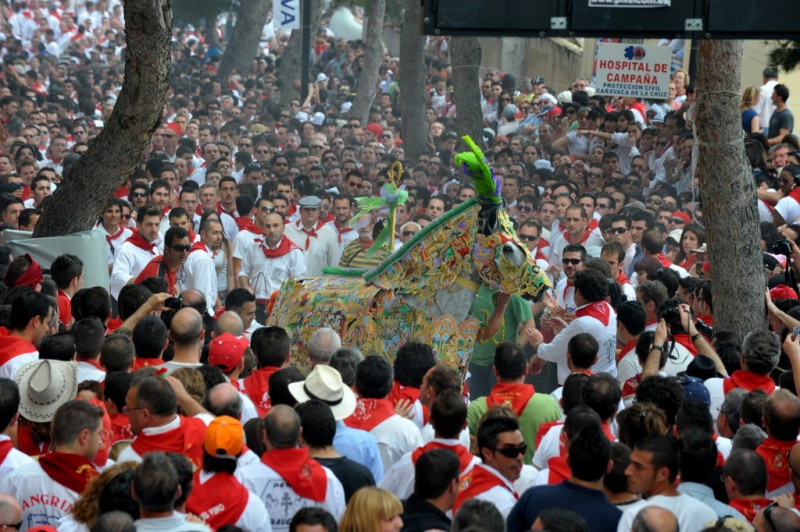- Region
- Águilas
- Alhama de Murcia
- Jumilla
- Lorca
- Los Alcázares
- Mazarrón
- San Javier
-
ALL AREAS & TOWNS
- AREAS
- SOUTH WEST
- MAR MENOR
- MURCIA CITY & CENTRAL
- NORTH & NORTH WEST
- TOWNS
- Abanilla
- Abarán
- Aguilas
- Alamillo
- Alcantarilla
- Aledo
- Alhama de Murcia
- Archena
- Balsicas
- Blanca
- Bolnuevo
- Bullas
- Cañadas del Romero
- Cabo de Palos
- Calasparra
- Camping Bolnuevo
- Campo De Ricote
- Camposol
- Canada De La Lena
- Caravaca de la Cruz
- Cartagena
- Cehegin
- Ceuti
- Cieza
- Condado de Alhama
- Corvera
- Costa Cálida
- Cuevas De Almanzora
- Cuevas de Reyllo
- El Carmoli
- El Mojon
- El Molino (Puerto Lumbreras)
- El Pareton / Cantareros
- El Raso
- El Valle Golf Resort
- Fortuna
- Fuente Alamo
- Hacienda del Alamo Golf Resort
- Hacienda Riquelme Golf Resort
- Isla Plana
- Islas Menores & Mar de Cristal
- Jumilla
- La Azohia
- La Charca
- La Manga Club
- La Manga del Mar Menor
- La Pinilla
- La Puebla
- La Torre
- La Torre Golf Resort
- La Unión
- Las Palas
- Las Ramblas
- Las Ramblas Golf
- Las Torres de Cotillas
- Leiva
- Librilla
- Lo Pagan
- Lo Santiago
- Lorca
- Lorquí
- Los Alcázares
- Los Balcones
- Los Belones
- Los Canovas
- Los Nietos
- Los Perez (Tallante)
- Los Urrutias
- Los Ventorrillos
- Mar De Cristal
- Mar Menor
- Mar Menor Golf Resort
- Mazarrón
- Mazarrón Country Club
- Molina de Segura
- Moratalla
- Mula
- Murcia City
- Murcia Property
- Pareton
- Peraleja Golf Resort
- Perin
- Pilar de la Horadada
- Pinar de Campoverde
- Pinoso
- Playa Honda
- Playa Honda / Playa Paraíso
- Pliego
- Portmán
- Pozo Estrecho
- Puerto de Mazarrón
- Puerto Lumbreras
- Puntas De Calnegre
- Region of Murcia
- Ricote
- Roda Golf Resort
- Roldan
- Roldan and Lo Ferro
- San Javier
- San Pedro del Pinatar
- Santiago de la Ribera
- Sierra Espuña
- Sucina
- Tallante
- Terrazas de la Torre Golf Resort
- Torre Pacheco
- Totana
- What's On Weekly Bulletin
- Yecla


- EDITIONS:
 Spanish News Today
Spanish News Today
 Alicante Today
Alicante Today
 Andalucia Today
Andalucia Today
Murcia Today weekly bulletin 1st May 2020
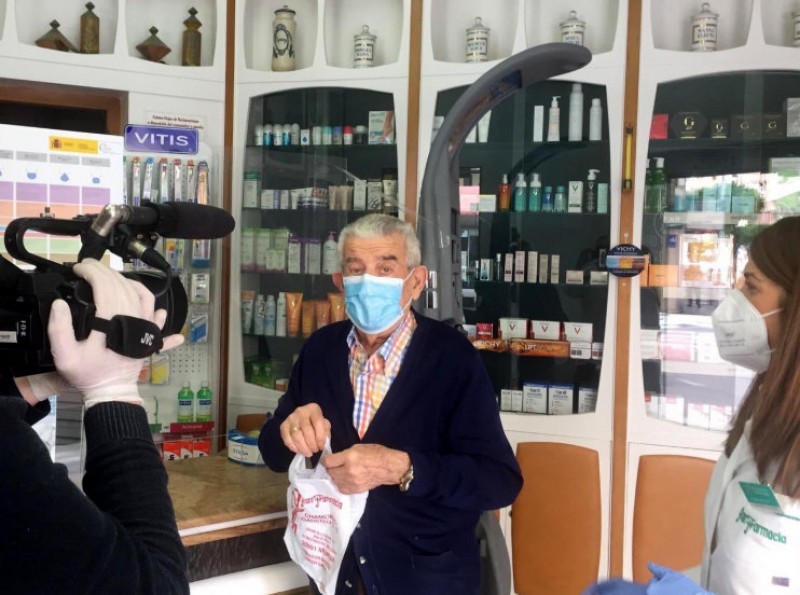
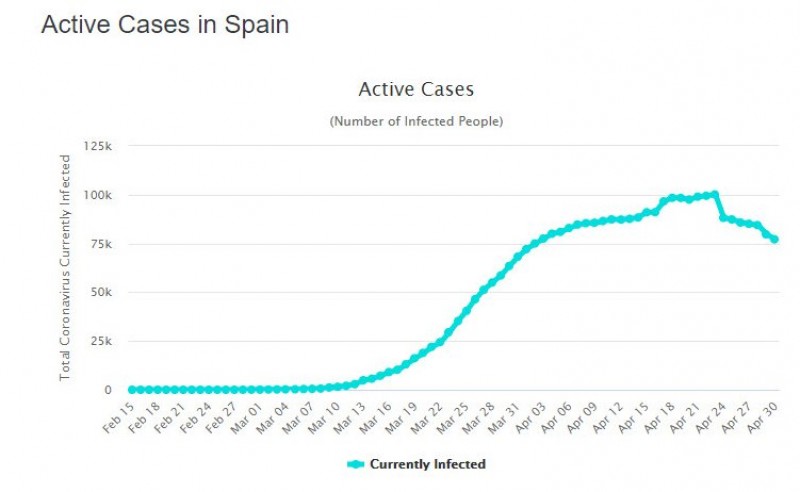
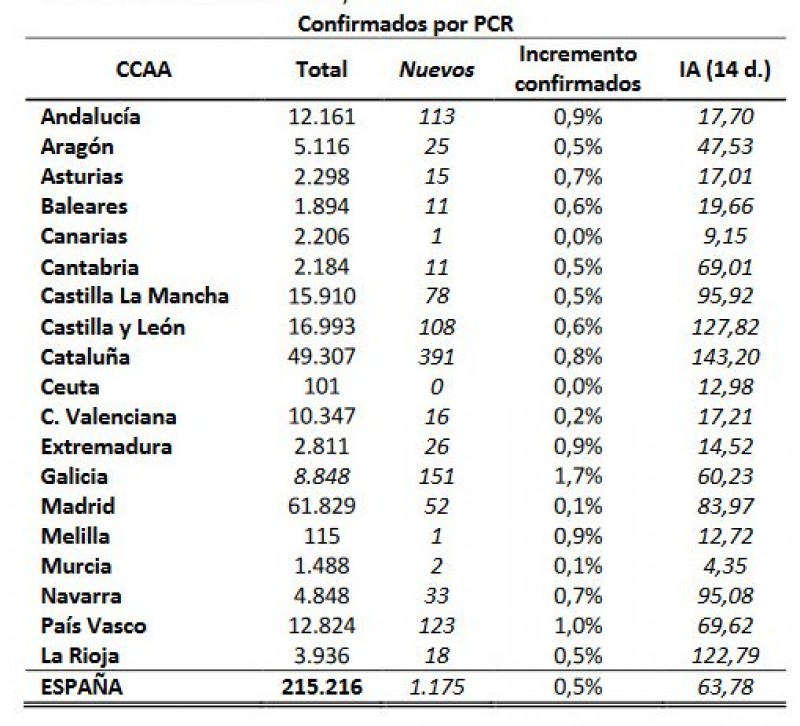
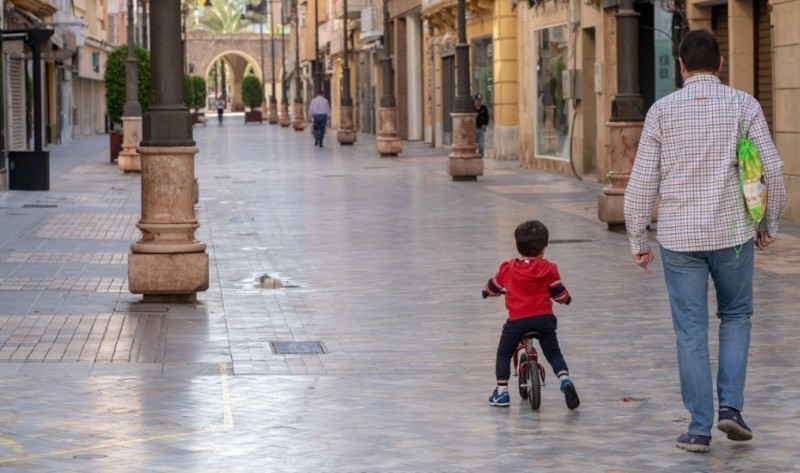
New normality to begin in Spain on 22nd June – if the pandemic continues to subside
The second major announcement of the week in relation to de-escalation plan was in the form of a four stage, 8 week OUTLINE plan presented by the Prime Minister on Tuesday.
While presenting the outline plan the Prime Minister stressed that in all the phases precautions such as the wearing of facemasks in public will continue to be strongly advised, and that this will continue into the “new normality” of the summer.
There are many details still to be discussed and confirmed, and many questions remain unanswered at present, but the outline of the pathway towards the new normality are as follows (REMEMBER: THE DATES ARE CONDITIONAL ON PROGRESS CONTINUING TO BE MADE) and there will undoubtedly be many alterations as we progress):
4th to 10th May: Phase 0 – preparation for de-escalation
During this phase some small retail outlets and other commercial enterprises will be allowed re-open to the public, although only when customers are able to make prior appointments for individualized attention and precautionary distancing measures such as screens and counters must be installed. (Some retailers are concerned that the cost of installing screening and being forced to re-employ staff will outweigh the benefits of a partial re-opening)
Bars and restaurants will be allowed to offer takeaway food rather than only home deliveries.
Hairdressers are allowed to open (appointment only, to a maximum of 30% capacity; early booking recommended).
Professional sports teams will be allowed to return to training.
This phase will apply to all parts of Spain except four of the islands: La Gomera, La Graciosa and El Hierro in the Canaries and Formentera in the Balearics. Due to the low number of coronavirus cases on these islands – zero in the case of La Graciosa – they will pass directly onto Phase 1 as of 4th May.
11th to 24th May: Phase 1 (NB: awaiting guidelines for much of these points below. Politicians still debating much of this.)
Up to 9 people will be permitted to travel in a single vehicle providing they all live at the same address, ending the one person only per vehicle rule.
Groups of 10 people will be permitted to gather either in private dwellings or in bars/restaurants.
Outdoor terrace at bars and restaurants may re-open, although the number of clients permitted will be restricted to 50 per cent of capacity. (Please note, originally the government announced that only 30% capacity would be permitted but this was amended on Saturday 3rd May to 50% following pressure from hostelry associations)
Hotels, other tourist accommodation and small shops will now be allowed to open for business, but with certain restrictions: the number of people allowed to use the facilities will be restricted, and communal areas (such as swimming pools in hotels) will remain closed.
In shops and other businesses a preferential timetable for clients aged over 65 will be established.
Some local street markets may be authorized if sufficient social distancing can be guaranteed. (Again, lots of dissent over this point.)
Large shopping malls will remain closed.
All businesses involved in food production will be allowed to resume their activity.
It is possible that cultural events may be held for audiences of up to 30 people indoors (and a maximum of a third of capacity) and 200 people outdoors (seated and with at least 2 metres between those attending).
Open-air sports facilities for non-contact sports such as tennis may be allowed to open. Indoor facilities such as gymnasia are under consideration.
Churches, mosques and other places of worship will be allowed to hold services but with the number of people attending limited to a third of capacity.
25th May to 7th June - Phase 2
Permitted social contact will be made more extensive.
This phase will see the re-opening of cultural venues such as cinemas, theatres, exhibition centres and monuments, although with restrictions such as only a third of capacity being used and attendees or visitors being pre-assigned seats or spaces. Open-air concerts with audiences of up to 400 will be permitted, with all those attending seated.
Schools will be allowed to re-open in order to offer “reinforcement” classes to those pupils for whom they are deemed necessary, and in order to take care of children aged 6 or under whose parents are obliged to go to work. In addition, schools may be used as venues for the university entrance exams which are held at the end of the academic year.(Lot of arguments going on over this point at the moment.May well change).
However, normal schooling will not resume until September.
Bars and restaurants will now be allowed to welcome clients indoors, always providing “guarantees of distancing” and service at tables rather than at the bar, again up to a maximum of 30% capacity.
Hotels and other tourist accommodation will be allowed to open communal zones such as swimming pools to a third of capacity.
Hunting and angling will be permitted.
Cultural venues will now be allowed to increase the number of people visiting or in the audience to 50 per cent of capacity.
8th to 21st June – Phase 3
It is at this point that the government intends to become more flexible in terms of “general mobility”, allowing people to travel greater distances and for a wider variety of purposes. However, travel will not be possible between provinces in phase 3 and those remaining in phase 2.
Shops and businesses will now be able to cater for 50 per cent of their full capacity, always maintaining social distancing of 2 metres.
Shopping malls will now be allowed to re-open with the maximum footfall restricted to 50 per cent of capacity, and again maintaining social distancing of 2 metres.
The restrictions on bars and restaurants will be relaxed further, although details have yet to be specified.
It is generally understood that during this phase visits to the homes of friends and relatives will be permitted.
It has been inferred that the beaches will be open to the public: nothing has yet been finalized concerning what precautionary measures will be established.
Wedding celebrations will be permitted with a limited number of guests.
By the end of Phase 3 provinces will be ready to embark on the “new normality” in Spain, a situation which, if all goes well in the meantime, will begin on Monday 22nd June and permit movement between provinces.
The only exceptions are four islands in the Balearics and the Canaries where the incidence of Covid-19 is extremely low – it had been speculated that Murcia could be added to this list of “early starters”, but in the end all mainland areas will start from the same point at the same time.
From then onwards, however, there may be different rates of progression in each of Spain’s 50 provinces, depending on how the pandemic develops or recedes. For this reason the dates are all hypothetical, and are supplied on the basis that developments continue to be positive in each province, allowing the next phase to begin.
It cannot be stressed strongly enough that this new normality is dependent on the pandemic continuing to subside in all parts of the country, as the implementation of each successive phase depends on the fortnightly reviews of individual provinces made by the government, but if everything were to go well throughout the country then before the end of June it will once more be possible to travel freely within Spain.
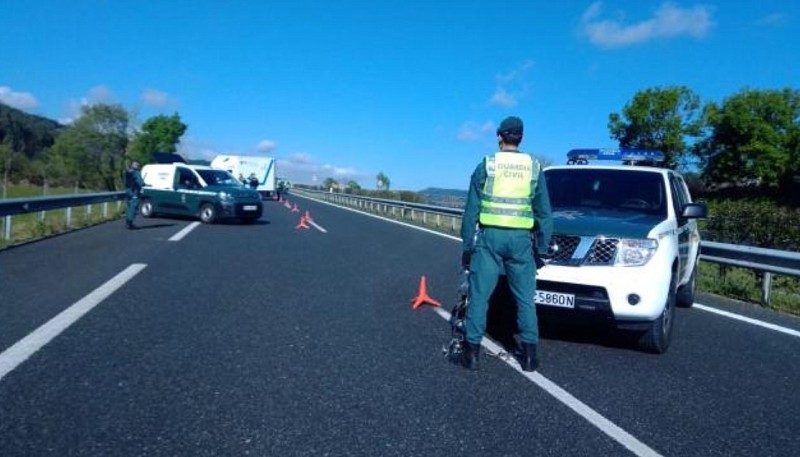
Murcia government demands protection against second homeowners if lockdown is de-escalated early
This latter point is the one which most concerns the regional government in Murcia.
Fernando López Miras, the Murcia president, explained this week that he is anxious to avoid a scenario in which different regions could become “importers and exporters” of the coronavirus. In other words, if Murcia is indeed one of the regions which emerge from lockdown first, measures must be in place to “prevent us from becoming an area which is receiving infected visitors”. Click for full article
The regional president is demanding protection for Murcia against people flocking to the coast to enjoy their second homes in the Costa Cálida, as was the case when this crisis first started and the regional government locked down the coastal area of the region to prevent a flood of visitors from Madrid which has the highest incidence of cases.
This weekend a huge operation is in place to once again prevent second home owners from heading en-masse to the coast. Those owning second homes may go to them from the 11th May onwards providing the property is located within the same province. In the case of the Murcia Region, the region is classified as being one province, so those owning properties who live in Murcia city, but have a second property on La Manga del Mar Menor, may go to their second property. However, those living outside of the region (ie their habitual residence is in Madrid, but they own a holiday property in La Manga,) are NOT allowed to travel here until after the 22nd June. Click to read full article
There has already been a suggestion this week that residents of Madrid and Cataluña may be excluded from being allowed to travel outside of their respective regions, but again, everything depends on the evolution of the virus.
Currently EU land borders are closed until the 15th May. Again, this is likely to be extended within the next few days.
Murcia requests slower coronavirus lockdown de-escalation: This week the regional government in Murcia has also requested that the first phase, provisionally scheduled to last two weeks from 11th to 25th May, be extended by another week in order to protect against the possibility of a resurgence in contagion.
Having analysed the “Plan for Transition to a New Normality” the Murcia government was left with numerous doubts and in general, as has been the case since the pandemic reached Spain, the regional authorities favour a more cautious approach. On Wednesday, Manuel Villegas, the minister for Health in Murcia, spoke to his counterpart in the national government, Salvador Illa, and specifically stated that in his view the two weeks of Phase 1 are “insufficient”. Click to read full article
“No steps will be taken in the Region until we are 100 per cent certain” was the official line of the Murcia government, and while the extra week requested is only mentioned in relation to Phase 1 at present it may be that an extension to Phase 2 is seen as appropriate when the time arises.
De-escalation by health area rather than province
Another suggestion for improvement in the Transition Plan, which the government is weighing up, is that rather than the lockdown being scaled down individually in each of the provinces of Spain, the process should be in each of the “health areas” defined by regional health services. This has been proposed by, among others, the regional governments of the Basque Country, Catalunya, the Comunidad Valenciana, Galicia, Castilla-La Mancha and Aragón, and it seems compatible with the decision already made to bring forward Phase 1 of the de-escalation in the islands of La Graciosa, El Hierro and la Gomera in the Canaries and Formentera in the Balearics: these, after all, are not provinces but form part of the provinces of Las Palmas, Santa Cruz de Tenerife and the Balearics. This story will undoubtedly run and run and the provisional plan above be subject to significant modification as we move into May.
Over 25,000 fines in Murcia in 6 weeks for breaking lockdown restrictions: Across Spain over three quarters of a million fines have been imposed. Click for full story
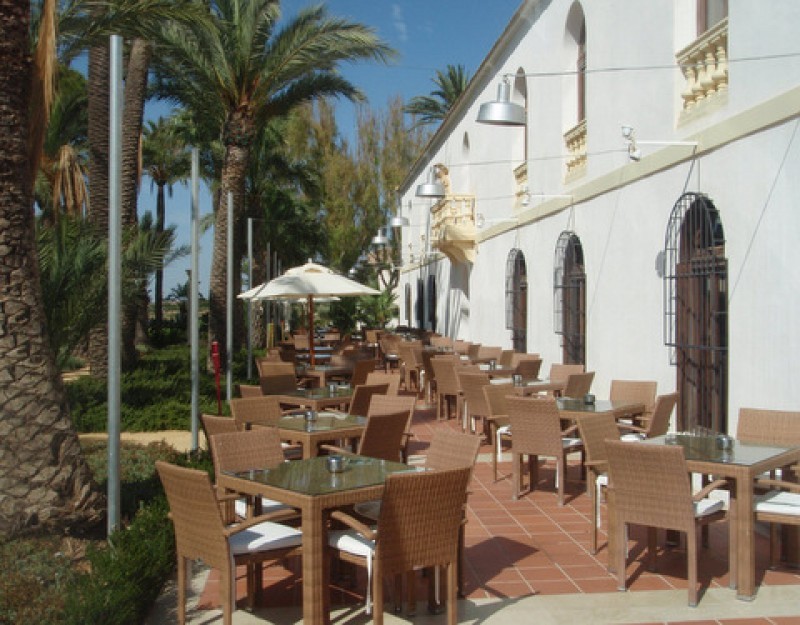
Bars, hotels and hairdressers in Murcia fear for their future in lockdown de-escalation
For obvious reasons these are times of great uncertainty for the bars and restaurants but the 4 phase plan has sparked an adverse reaction from many businesses in the sector who view it as impractical and unworkable. Click to read full article
The problem for bars and restaurants is that if they are allowed to open again but with limited numbers of clients this will mean them ending their “ERTE” temporary employment regulation schemes, which have allowed them to keep staff on the books while the social security system bears the cost of 70 per cent of their full wage packets. This means that the hostelries themselves will once again be paying wages and salaries (and other running costs), but the restrictions on the type and amount of business they will be allowed to do bring with them an inevitable sharp drop in revenue in comparison with their “normal” services.
Initially it is anticipated that during the first phase of de-escalation from 11th May only outdoor terraces will be made available to customers, with just 30 per cent of their maximum capacity. The president of the Murcia hostelries’ association Hostemur, stated that this will lead businesses into “ruin”, and if the ERTE schemes are not prolonged or modified many will immediately become insolvent.
As a response, some councils have said that they will work to possibly pedestrianise some streets on a temporary basis to permit bars to open larger outdoor areas, whilst other coastal councils plan to allow bars to spread out along paseos and beachside walks to give them a better chance of survival; in many coastal resorts no contracts have yet been agreed for the normal chiringuito beach bars, as bar owners view it impossible to install and equip these temporary bars and have any chance of making a profit during what will undoubtedly be a very short summer season indeed, so the static bars may well be the only bars open on beaches this summer.
Hotels in Murcia and the rest of Spain find themselves in a similar situation to a certain extent. They too will be permitted to re-open partially as of 11th May, but with limits expected on the facilities they can offer their turnover will be significantly lower than usual.
Communal areas such as swimming pools will remain closed at first, and with travel within Spain restricted until well into June, Soledad Díaz (president of the Hostetur association) anticipates that guests will be travelling only short distances and requesting short stays. (ie from the 11th May the only people allowed to travel to the coast will be those who already live within the Region of Murcia, so how many of those will want overnight hotel accommodation in a hotel with no pool, no gym, no spa, no buffet and only partial facilities open?)
In addition, Sra Díaz foresees difficulties in making hotels ready to welcome guests by 11th May, given the work (and the cost!) needed to install protective screens and other precautionary measures. More to follow on this in the coming weeks.
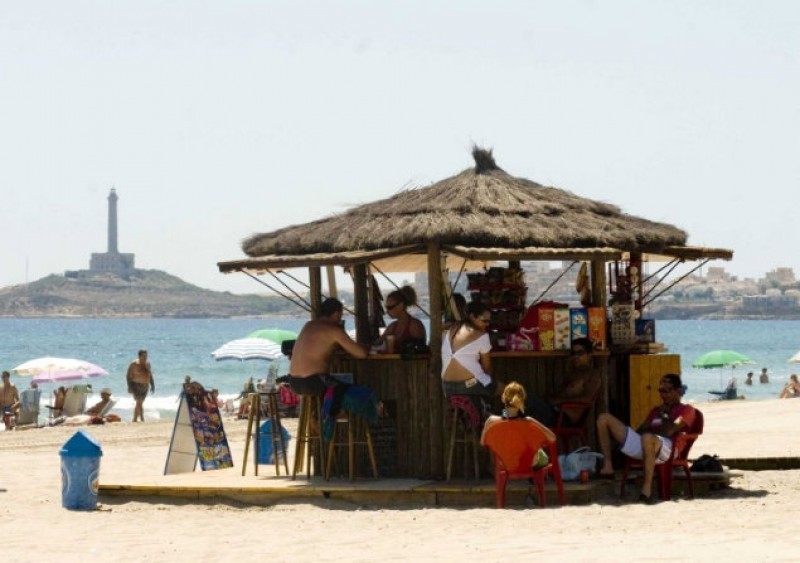
Hairdressing salons to re-open on a limited basis on 4th May: Concerns over the viability of reduced services with strict safety precautions in hairdressing and beauty salons.
Hairdresser’s and beauty parlours are among the few establishments where prior appointments can be made with the guarantee that clients will receive individualized attention, thus reducing the risk of Covid-19 contagion, and it is feasible for both the hairdresser and the customer to wear facemasks and protective gloves.
But at the same time, there are serious concerns that opening a hairdressing salon on a limited basis may not prove to be financially viable. One analysis warns that as many as 42 per cent of the hairdressing establishments in Spain could be put out of business by the pandemic, with a resumption of activity being made unfeasible, as in bars and restaurants, by the limit of 30 per cent of capacity specified by the government for the initial phase of de-escalation.
In theory if a small salon has two washbasins, only one can be used, and that there must be at least one unoccupied chair between those which are being used. In effect this means that in a salon with three staff it may only be possible for one to return to work, making an early end to the ERTE temporary employment regulation scheme extremely difficult.
In addition, disinfection will be necessary between each customer appointment, reducing the number of customers who can visit during a normal working day, and it is unclear how a “preferential” timetable for the over 65s (as specified in the government’s transition plan) might work.
In short, hairdresser’s and beauty salons are allowed to re-open next week, but no-one should assume that making an appointment will be easy. Many in the sector would prefer to bide their time and re-open when it is more financially viable to do so, and those who are offering their services will be allowed to do so only with strict safety precautions in place. Click for full story

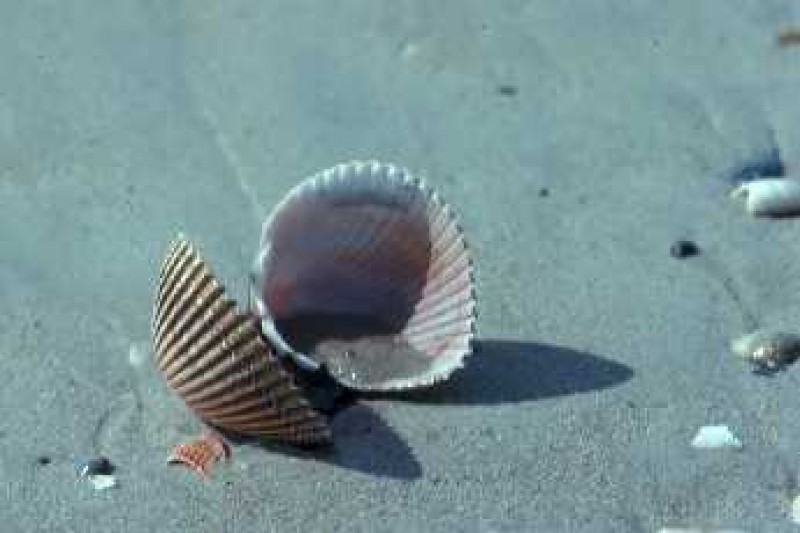
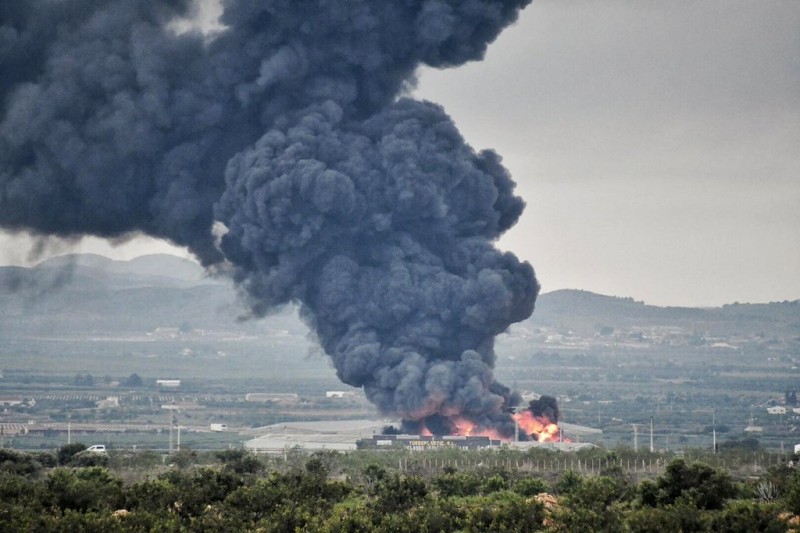
As has happened in hospitals, it is anticipated that waiting room seats will be removed or selectively cordoned off in order to prevent people from sitting too close to each other, and at medical centres
